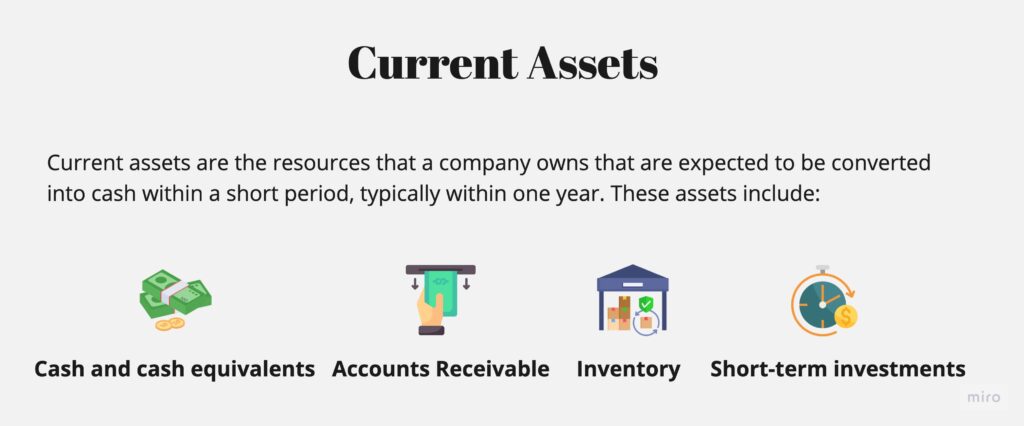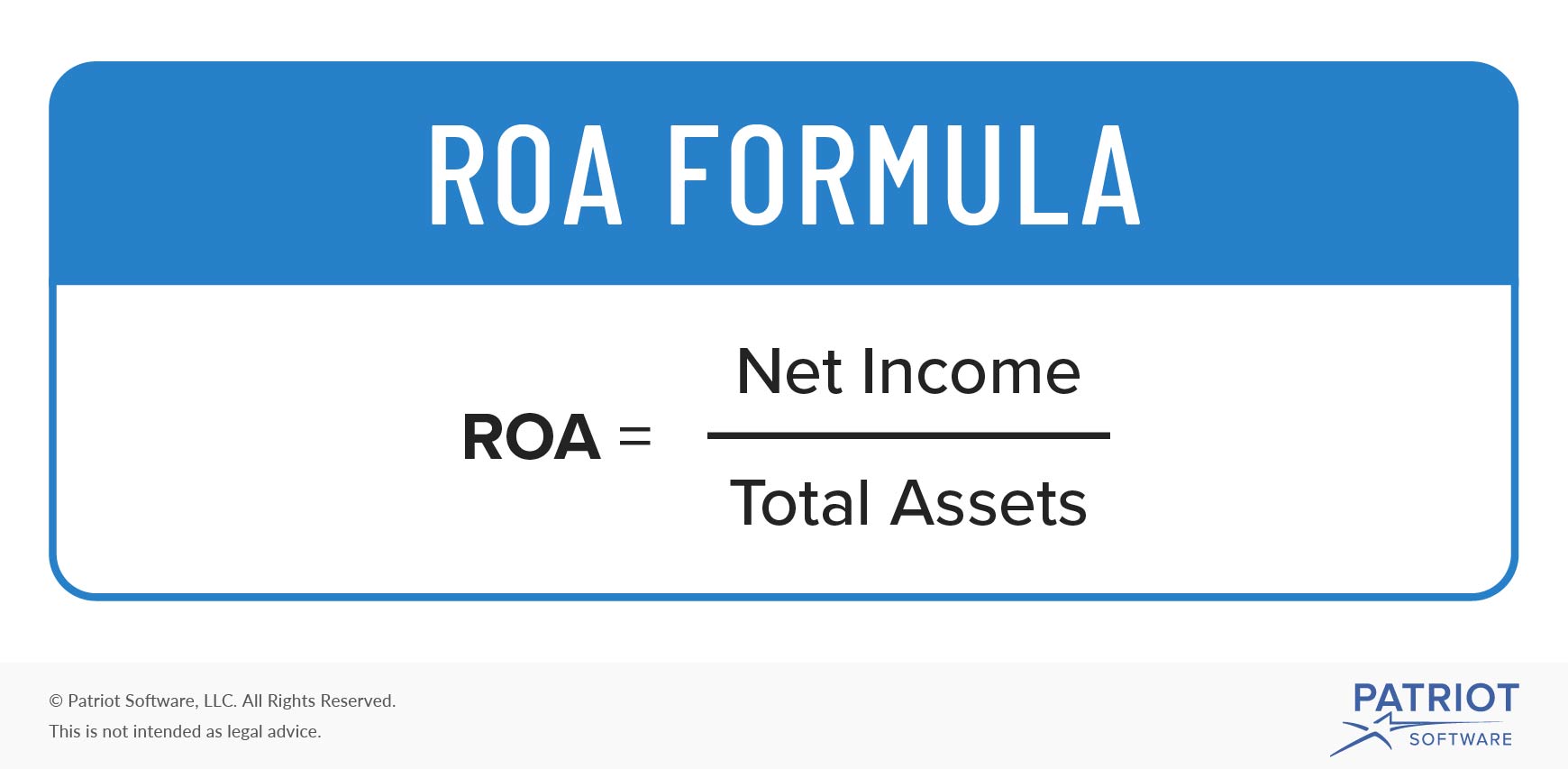
The income and retained earnings of the accounting equation is also an essential component in computing, understanding, and analyzing a firm’s income statement. This statement reflects profits and losses that are themselves determined by the calculations that make up the basic accounting equation. In other words, this equation allows businesses to determine revenue as well as prepare a statement of retained earnings. This then allows them to predict future profit trends and adjust business practices accordingly.

Accounting Equation Outline
The merchandise would decrease by $5,500 and owner’s equity would also decrease by the same amount. On 22 January, Sam Enterprises pays $9,500 cash to creditors and receives a cash discount of $500. On 1 January 2016, Sam started a trading business called Sam Enterprises with an initial investment of $100,000. For every business, the sum of the rights to the properties is equal to the sum of properties owned. To learn more about the income statement, see Income Statement Outline. To learn more about the balance sheet, see our Balance Sheet Outline.
Financial statements
In other words, we can say that the value of assets in a business is always equal to the sum of the value of liabilities and owner’s equity. The total dollar amounts of two sides of accounting equation are always equal because they represent two different views of the same thing. The owner’s equity is the balancing amount in the accounting equation. So whatever the worth of assets and liabilities of a business are, the owners’ equity will always be the remaining amount (total assets MINUS total liabilities) that keeps the accounting equation in balance.
What is the accounting equation?
All such information is provided solely for convenience purposes only and all users thereof should be guided accordingly. 11 Financial is a registered investment adviser located in Lufkin, Texas. 11 Financial may only transact business in those states in which it is registered, or qualifies for an exemption or exclusion from registration requirements. 11 Financial’s website is limited to the dissemination of general information pertaining to its advisory services, together with access to additional investment-related information, publications, and links.
- This makes sense when you think about it because liabilities and equity are essentially just sources of funding for companies to purchase assets.
- The Motley Fool reaches millions of people every month through our premium investing solutions, free guidance and market analysis on Fool.com, top-rated podcasts, and non-profit The Motley Fool Foundation.
- The impact of this transaction is a decrease in an asset (i.e., cash) and an addition of another asset (i.e., building).
- Merely placing an order for goods is not a recordable transaction because no exchange has taken place.
Finance Strategists has an advertising relationship with some of the companies included on this website. We may earn a commission when you click scaled agile inc unveils safe® enterprise on a link or make a purchase through the links on our site. All of our content is based on objective analysis, and the opinions are our own.
The combined balance of liabilities and capital is also at $50,000. The liabilities and shareholders’ equity show how the assets of a company are financed. Journal entries often use the language of debits (DR) and credits (CR). A debit refers to an increase in an asset or a decrease in a liability or shareholders’ equity. A credit in contrast refers to a decrease in an asset or an increase in a liability or shareholders’ equity. Shareholders’ equity is the total value of the company expressed in dollars.
The balance sheet formula remains constant, reflecting the accounting equation that assets must always equal the sum of liabilities and shareholders‘ equity. However, the values of individual items within the formula can change as a company’s financial position evolves. The purpose of this article is to consider the fundamentals of the accounting equation and to demonstrate how it works when applied to various transactions.
Remember that capital is increased by contribution of owners and income, and is decreased by withdrawals and expenses. Although the balance sheet always balances out, the accounting equation can’t tell investors how well a company is performing. Due within the year, current liabilities on a balance sheet include accounts payable, wages or payroll payable and taxes payable. Long-term liabilities are usually owed to lending institutions and include notes payable and possibly unearned revenue. The accounting equation states that the amount of assets must be equal to liabilities plus shareholder or owner equity.
For the past 52 years, Harold Averkamp (CPA, MBA) has worked as an accounting supervisor, manager, consultant, university instructor, and innovator in teaching accounting online. We follow strict ethical journalism practices, which includes presenting unbiased information and citing reliable, attributed resources. The articles and research support materials available on this site are educational and are not intended to be investment or tax advice.
As a core concept in modern accounting, this provides the basis for keeping a company’s books balanced across a given accounting cycle. If the left side of the accounting equation (total assets) increases or decreases, the right side (liabilities and equity) also changes in the same direction to balance the equation. As you can see, no matter what the transaction is, the accounting equation will always balance because each transaction has a dual aspect. Often, more than one element of the accounting equation is impacted but sometimes, like with transaction 3, the same part of the equation (in this case assets) goes up and down, making it look like nothing has happened. The accounting equation states that total assets is equal to total liabilities plus capital. This lesson presented the basic accounting equation and how it stays equal.

 by
by
